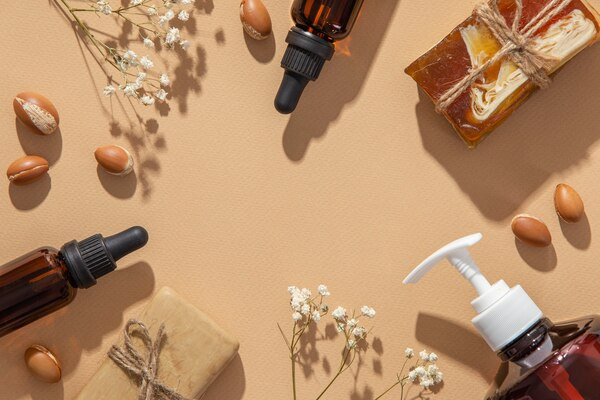The Impact of Sustainable Packaging in the Beauty Industry

The beauty industry has long been associated with excessive packaging and waste, with many products coming in non-recyclable materials and single-use plastics. However, in recent years, there has been a significant shift towards sustainable packaging within the beauty industry. This shift has been driven by consumer demand for eco-friendly options, as well as a growing awareness of the environmental impact of traditional packaging methods.
Sustainable packaging in the beauty industry refers to packaging materials and practices that have a reduced environmental impact. This can include using recycled or biodegradable materials, minimizing packaging waste, and implementing refillable or reusable packaging systems. The shift towards sustainable packaging has had a positive impact on the beauty industry as a whole, and it has influenced product development, supply chain management, and consumer behavior.
One of the key benefits of sustainable packaging in the beauty industry is the reduction of plastic pollution. By opting for biodegradable or recyclable materials, beauty brands can significantly decrease the amount of plastic waste that ends up in landfills and oceans. This not only contributes to a healthier environment but also aligns with the values of many environmentally-conscious consumers.
Additionally, sustainable packaging can lead to cost savings for beauty brands in the long run. While there may be initial investments in transitioning to sustainable packaging materials and processes, the reduced use of virgin plastics and lower waste disposal costs can result in significant savings over time. Moreover, as consumer demand for sustainable products continues to rise, brands that embrace eco-friendly packaging are likely to see increased customer loyalty and positive brand perception.
Furthermore, the implementation of sustainable packaging in the beauty industry has paved the way for innovation and creativity. Many brands are now exploring alternative packaging materials such as bamboo, glass, or metal, which not only reduce environmental impact but also add a unique and luxurious appeal to their products. Additionally, the concept of refillable and reusable packaging has gained traction, allowing customers to purchase product refills in minimalist packaging, thus reducing overall waste.
While the shift towards sustainable packaging in the beauty industry has been a positive development, there are still challenges that need to be addressed. These include the need for standardized recycling processes for beauty packaging, ensuring the durability and safety of alternative materials, and maintaining the aesthetic appeal of products without compromising on sustainability.
In conclusion, the impact of sustainable packaging in the beauty industry has been substantial, leading to a reduction in plastic waste, cost savings for brands, and a platform for creative innovation. As the demand for eco-friendly products continues to grow, it is imperative for beauty brands to prioritize sustainable packaging as an integral part of their business practices, ultimately contributing to a greener and more responsible industry.